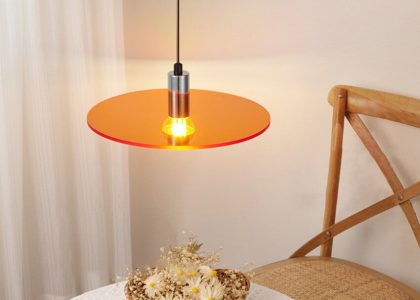Introduction
Greenhouses are an essential part of modern agriculture, allowing for the efficient and reliable cultivation of crops in a controlled environment. One of the key factors that contribute to the success of greenhouse farming is lighting. With the right lighting, growers can regulate every stage of plant growth, from seedling to harvest. In this article, we will explore the benefits of greenhouse lighting and the latest advancements in this field.
Benefits of Greenhouse Lighting
Increased Productivity
Proper lighting increases crop productivity in greenhouse farming. With the right light spectrum, intensity, and duration, plants can grow faster and become more robust. Growers can also manipulate lighting to accelerate the growth, flowering, and fruiting cycle of plants. This ability to control the timing of plant growth helps farmers plan their crops and harvests more efficiently.
Energy Efficiency
Greenhouse lighting can be energy-efficient with the use of LED (Light Emitting Diodes) technology. Unlike traditional lighting sources, LEDs consume less electricity and generate less heat, resulting in significant energy savings. LEDs also have a longer lifespan, reducing maintenance costs.
Year-round Production
Greenhouse lighting enables farmers to grow crops year-round regardless of seasonal changes, climate conditions, or location. With artificial lighting, growers can simulate the natural light conditions of different seasons, allowing them to produce crops continuously. This flexibility in production enables farmers to meet market demands and maintain a steady income.
Types of Greenhouse Lighting
High-Intensity Discharge (HID) Lamps
HID lamps are the most common lighting sources used in greenhouses. They are powerful, efficient, and have a long lifespan. HID lamps emit high-intensity white light and come in different types such as High-Pressure Sodium (HPS) and Metal Halide (MH) bulbs. HPS bulbs are used during the flowering stage, while MH bulbs are used during the vegetative stage.
LEDs
LEDs are gaining popularity in greenhouse lighting due to their energy efficiency and low heat production. They are available in different colors that correspond to different wavelength ranges, including red, blue, and white. LED technology allows growers to customize lighting to match the ideal light spectrum for each plant species.
Fluorescent lights
Fluorescent lights are cost-effective and provide diffuse lighting, which is beneficial during the seedling and vegetative stages. They are not as efficient as HID and LED lamps but are ideal for small-scale greenhouses.
Advanced Greenhouse Lighting Technologies
Light sensors and automation
Using light sensors and automation, farmers can control and adjust lighting to match the natural light cycle of plants. By automating their lighting systems, farmers can save time and energy and reduce the risk of human error.
Smart lighting
Smart lighting uses artificial intelligence (AI) to monitor and adjust lighting in real-time. This technology analyzes data such as plant growth, temperature, and humidity levels and adjusts light intensity and spectrum accordingly. Software programs such as Light Science Technologies’ Spectron Lite help farmers optimize plant growth and production.
Conclusion
Greenhouse lighting is a critical component of modern agriculture. With proper lighting, farmers can grow crops more efficiently and effectively, even in unfavorable conditions. Advances in lighting technology, such as LEDs, light sensors, and smart lighting, are revolutionizing the way farmers grow crops. Investing in quality greenhouse lighting can be a costly feat, but it’s a necessary step towards sustainable and profitable farming.


